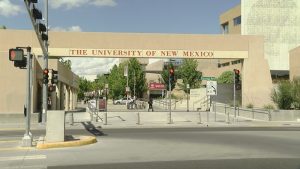While technology in the K-12 classroom is nothing new, COVID-19 has heightened the role it plays in education. New research from the Center for Democracy and Technology (CDT) found the vast majority of parents support the use of education technology, but also have serious concerns.
The COVID-19 pandemic has forced schools to shift towards remote and hybrid learning, which has shined a bright light on the digital divide in education.
As part of its COVID-19 response plan, Rice University has created a new student staff position: Technology Teaching Assistant.
When confronted with the need to create safe classrooms during the COVID-19 pandemic, the University of Texas at Austin is taking a rather futuristic approach.
The Mooresville School District, in Indiana, has launched what is being dubbed “the classroom of the future” just in time for the 2020-2021 school year.
Pepperdine University announced today that it has upgraded more than 160 classrooms to enable hybrid learning.
CYBER.ORG, a cybersecurity workforce development organization supported by the Department of Homeland Security, announced the kickoff of the development of the K-12 cybersecurity learning standards that can be used in schools nationwide.
The University of New Mexico knows that IT modernization doesn’t come cheap, so it has set its sights on selling bonds as a means to fund campus projects.
Up to 1.7 million K-12 students in Oregon and Washington are getting access to Verizon’s Distance Learning Program. Today Verizon announced that it has signed an agreement with the Oregon Department of Education (ODE) to provide reliable and affordable Internet access for up to 1.7 million students across Oregon and Washington.
For many colleges – Garrett College in Maryland included – COVID-19 has led to a rapid acceleration of classroom technology upgrades.













